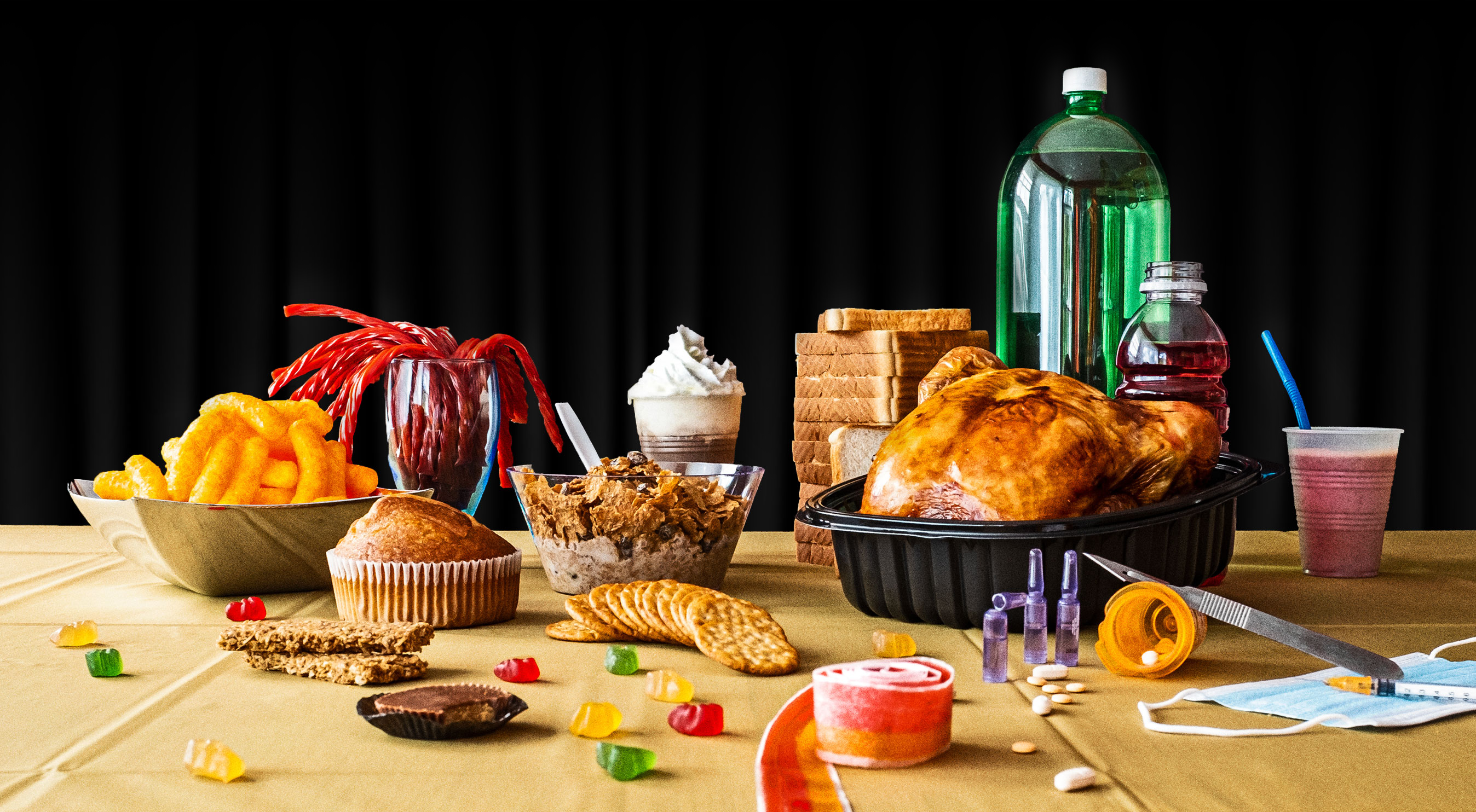Chapter 21: Food addictions
Page 277
Page 278
|
“among obese children” |
|
“eating addiction” |
|
“are treated similarly” |
|
“beverages as food” |
|
NeuroFAST. “NeuroFAST Consensus Opinion on Food Addiction,” 2014. |
Page 279
Page 280
Page 281
|
“mix formula, and diet” |
|
“and caloric intake” |
|
“eight to twelve weeks” |
|
R.D. Mattes. “The Taste for Salt in Humans,” Am. J. Clin. Nutr. 65 (Suppl 2) (1997): 692S. |
|
“this craving stops” |
|
“signs of addiction” |
|
“risk factor for obesity” |
|
“preference for high-fat foods goes up even more” |
|
“as in low-carb” |
|
“ketogenic diets” |
Page 282
|
“model drug of dependence” |
|
“addiction in children” |
|
“adolescents” |
|
G.A. Bernstein et al. “Caffeine Dependence in Teenagers,” Drug Alcohol Depend. 66 (1) (2002): 1. |
|
“and adults” |
|
“even more of their fix” |
|
“correlated with changes in BMI” |
|
“effect in in neonatal circumcision” |
|
“anxious,” and “depressed,” |
|
“dopamine reward system” |
|
W.F.B. O’Reilly. “Off Sugar, and Wanting to Tear My Eyes Out.” Newsday, Aug 15, 2014. |
|
“where you experience reward” |
|
“different parts of the brain” |
|
“lighting up the reward center” |
Page 283
|
“be identified by fMRI” |
|
“due to tolerance” |
|
“to other drugs of abuse” |
|
“reward in rats” |
|
M. Lenoir et al. “Intense Sweetness Surpasses Cocaine Reward,” PLoS One 2 (1) (2007): e698. |
|
“fructose instead” |
|
“alterations in the reward center” |
|
“adolescent rats” |
|
“even in newborns” |
|
“both sugar seeking” |
|
“and drug addiction” |
|
“effects of sugar than others” |
|
“exposed gets addicted” |
Page 284
Page 285
Page 286
|
“like alcohol and caffeine” |
|
R.H. Lustig. “Fructose: It’s Alcohol without the “Buzz”,” Adv. Nutr. 4 (2013): 226. |
|
“74 percent of the food supply” |

